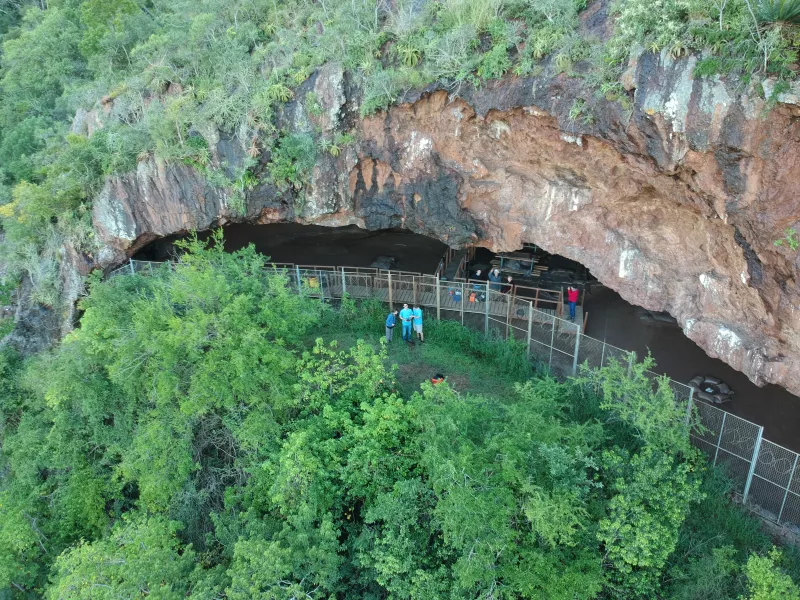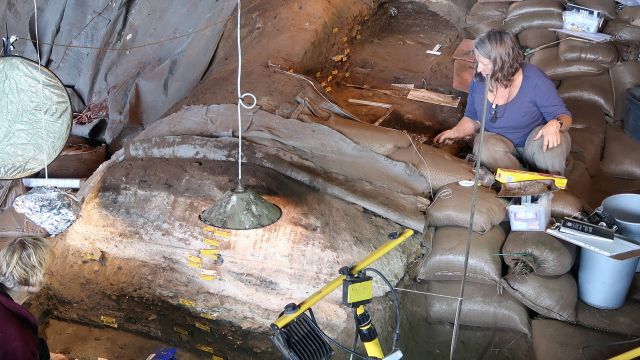Archaeologists have uncovered traces of ancient grass at an archaeological site in the Border Cave, located near the border between South Africa and Swaziland.
They say the findings, published in the journal Science, represent the earliest known human use of grass bedding.

Until now, the oldest known use of plant bedding dates back to around 77,000 years ago, which was uncovered at a nearby cave.
The Border Cave contains a well-preserved record of intermittent human occupation spanning nearly 230,000 years, researchers said.
Dr Lyn Wadley, an archaeologist at the Wits University’s Evolutionary Studies Institute in Johannesburg and lead author on the study, said the 200,000-year-old grass bedding was found in the centre of this cave.
She said: “There are traces of ephemeral fossilised grass on which people slept and also made stone tools and, possibly, ground red and orange ochre to colour objects and perhaps their skin.”
The scientists used a range of techniques, which involved microscopic and chemical analysis, to examine the fossilised grass samples taken from the ancient bedding site.

Findings suggest these Stone Age inhabitants used a variety of leaved grasses, including the Panicum maximum grass which can still be found growing in front of the cave, to create bedding on top of layers of ash.
The researchers wrote: “Ash was possibly raked from hearths to create a clean, odour-controlling base for bedding.
“We speculate that such placement of bedding, as well as that on the ashes of previously burned bedding, was deliberate, because several ethnographies report that ash repels crawling insects, which cannot easily move through fine powder because it blocks their breathing and biting apparatus and eventually leaves them dehydrated.”
The researchers also found charred remains of camphor bush, an aromatic plant that is still used in East Africa to repel insects.
Dr Wadley added: “This suggests people also used medicinal plants to repel insects.

“Sometimes they burned their grass bedding and this would have killed pests and cleaned the site.”
The researchers say that the findings suggest “an early potential for the cognitive, behavioural, and social complexity” that became more apparent from around 100,000 years ago.
Dr Wadley said: “Before 200,000 years ago, close to the origin of our species, people could produce fire at will.
“They used fire ash and medicinal plants to maintain clean, pest-free camps.
“The simple strategies we have seen at the Border Cave give us a glimpse into the life ways of people in the deep past.”







